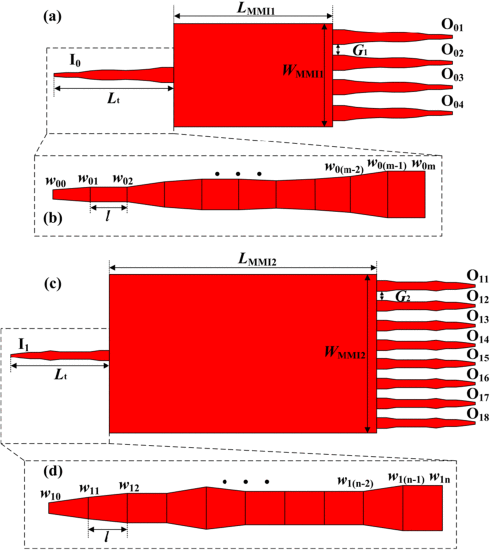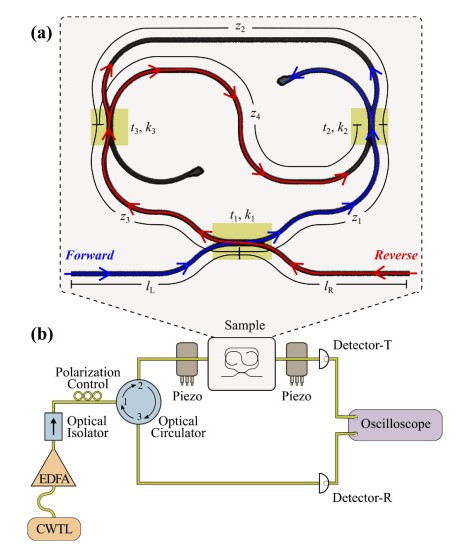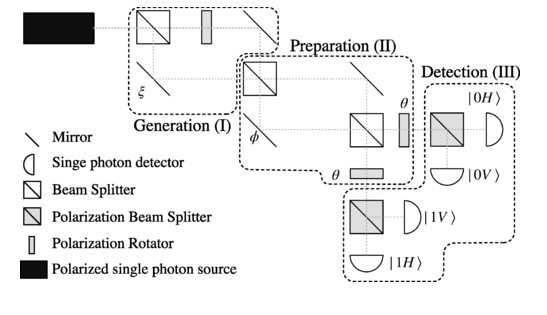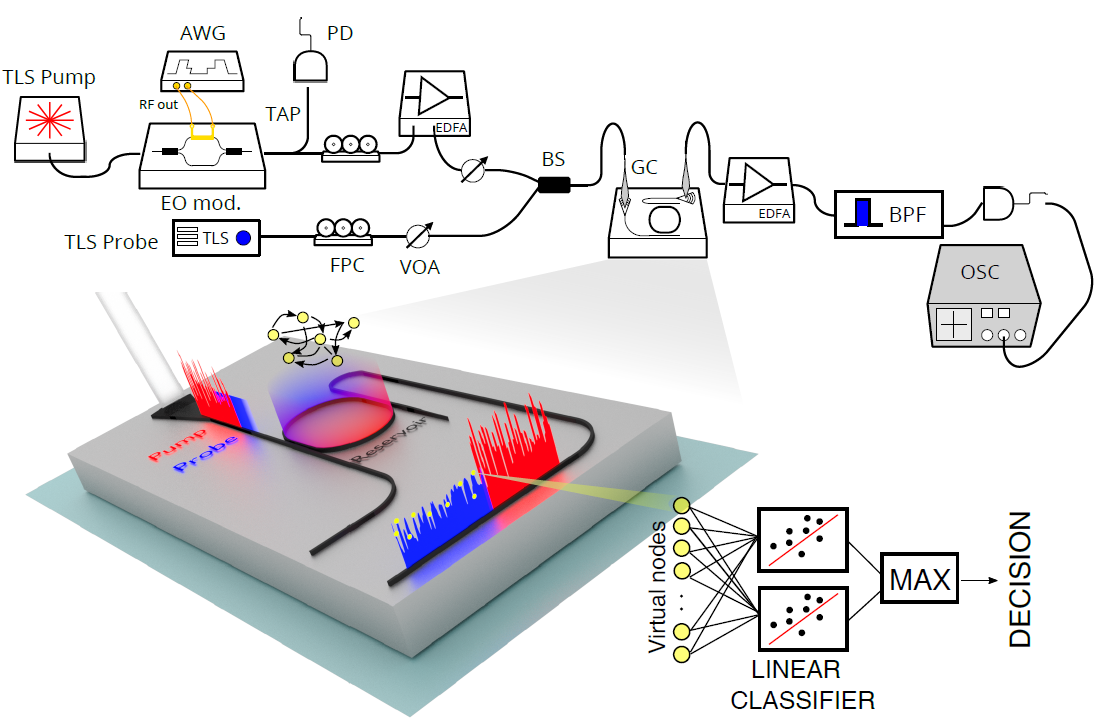
Compact and Low-Insertion-Loss 1×N Power Splitter in Silicon Photonics
Influence of the bus waveguide on the linear and nonlinear response of a taiji microresonator 
Entropy certification of a realistic quantum random-number generator based on single-particle entanglemen
Research Fellowship in "Development of a full monolithic quantum simulator on the silicon photonics platform"
The activity aims to develop an electronically programmable integrated photonic circuit capable to implement different quantum simulation protocols. The architecture foresees the monolithic integration of photon pair sources, pump rejection filters, reconfigurable quantum gates and single photon detectors. It is built on the silicon oxynitride platform and works at near infrared wavelengths (800 nm). The post-doc will be involved in the design of the photonic circuitry, from the single component level to more complex networks. The post-doc activities cover also the experimental test of their performance, which include the assessment of the main photon source metrics, the validation of the component loss and of their spectral response, the evaluation of the pump filter’s rejection and the determination of the gates fidelity. The post-doc task also includes the mapping of quantum algorithms into photonic circuits and the analysis of their outputs.
The overall research objective is to develop a stand-alone electronic-photonic unit that is capable to run few-qubit simulation algorithms to tackle quantum chemistry problems.
The position is for two years and the working place is at the University of Trento (https://www.unitn.it/).
This activity is carried out in the framework of the European project EPIQUS (https://epiqus.fbk.eu/).
Duration of the position: Two years
If interested, send your CV or ask more information to Dr. Massimo Borghi (This email address is being protected from spambots. You need JavaScript enabled to view it.)
Reservoir computing based on a silicon microring and time multiplexing for binary and analog operations




